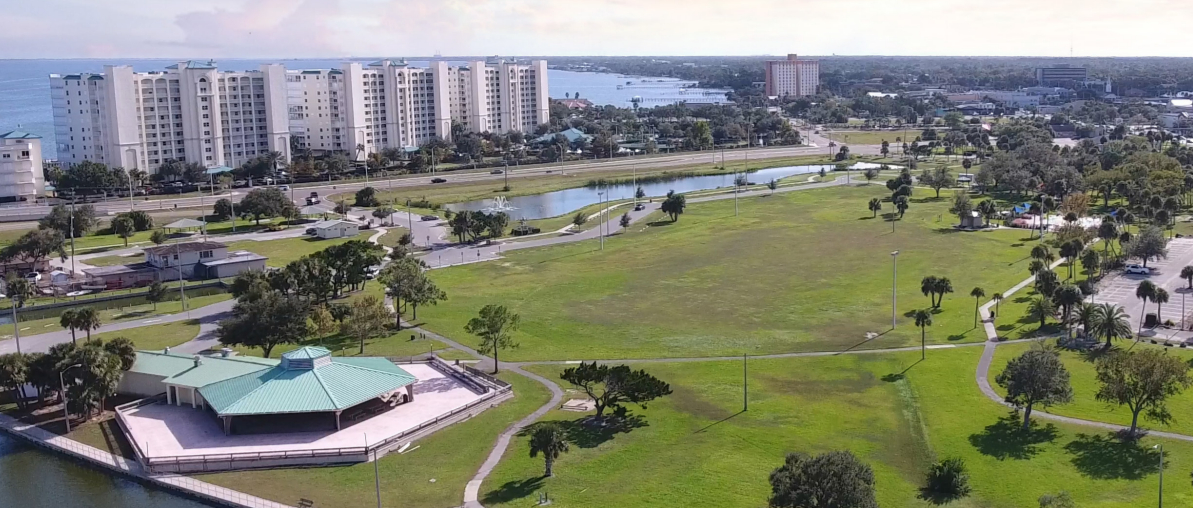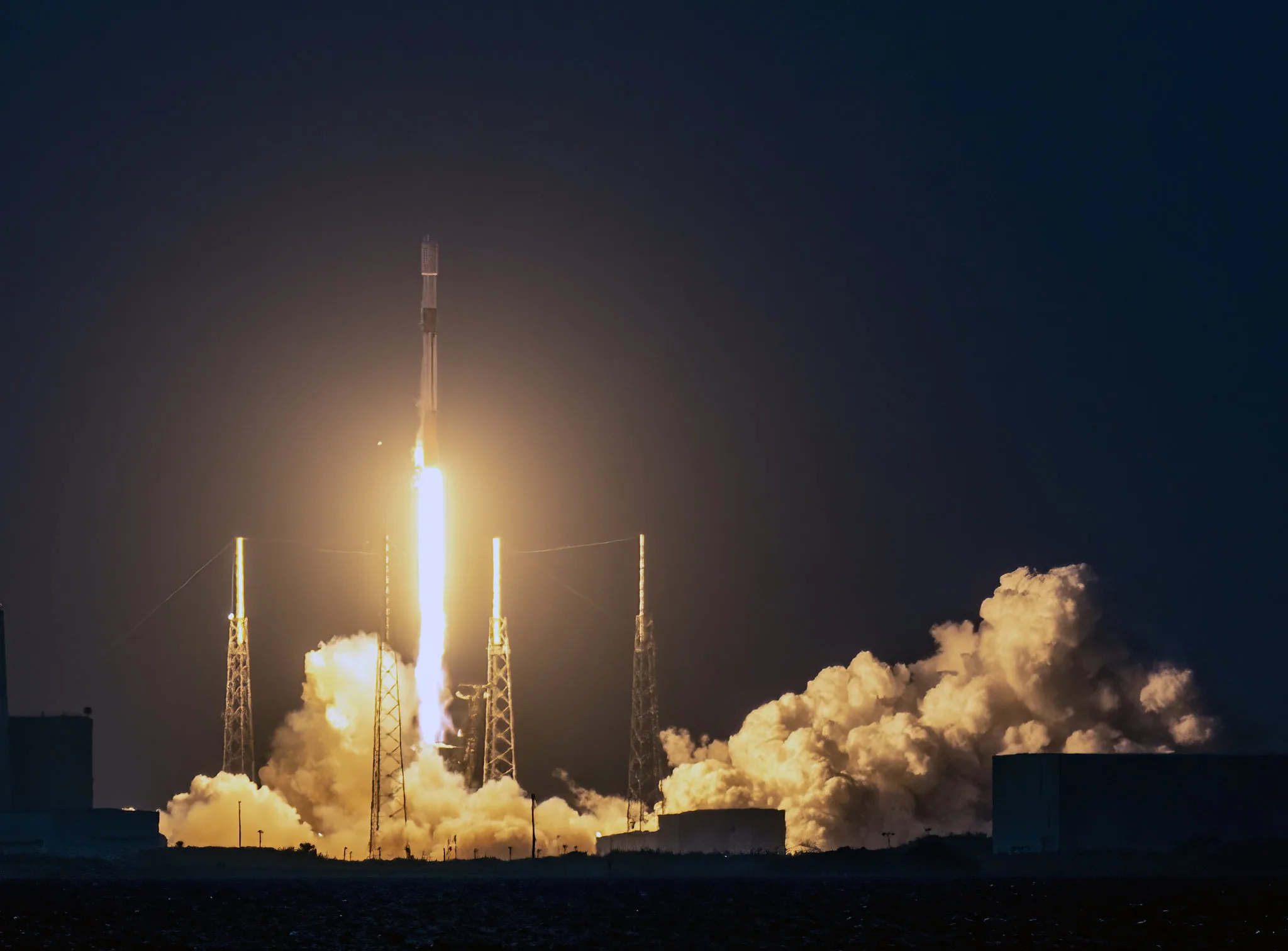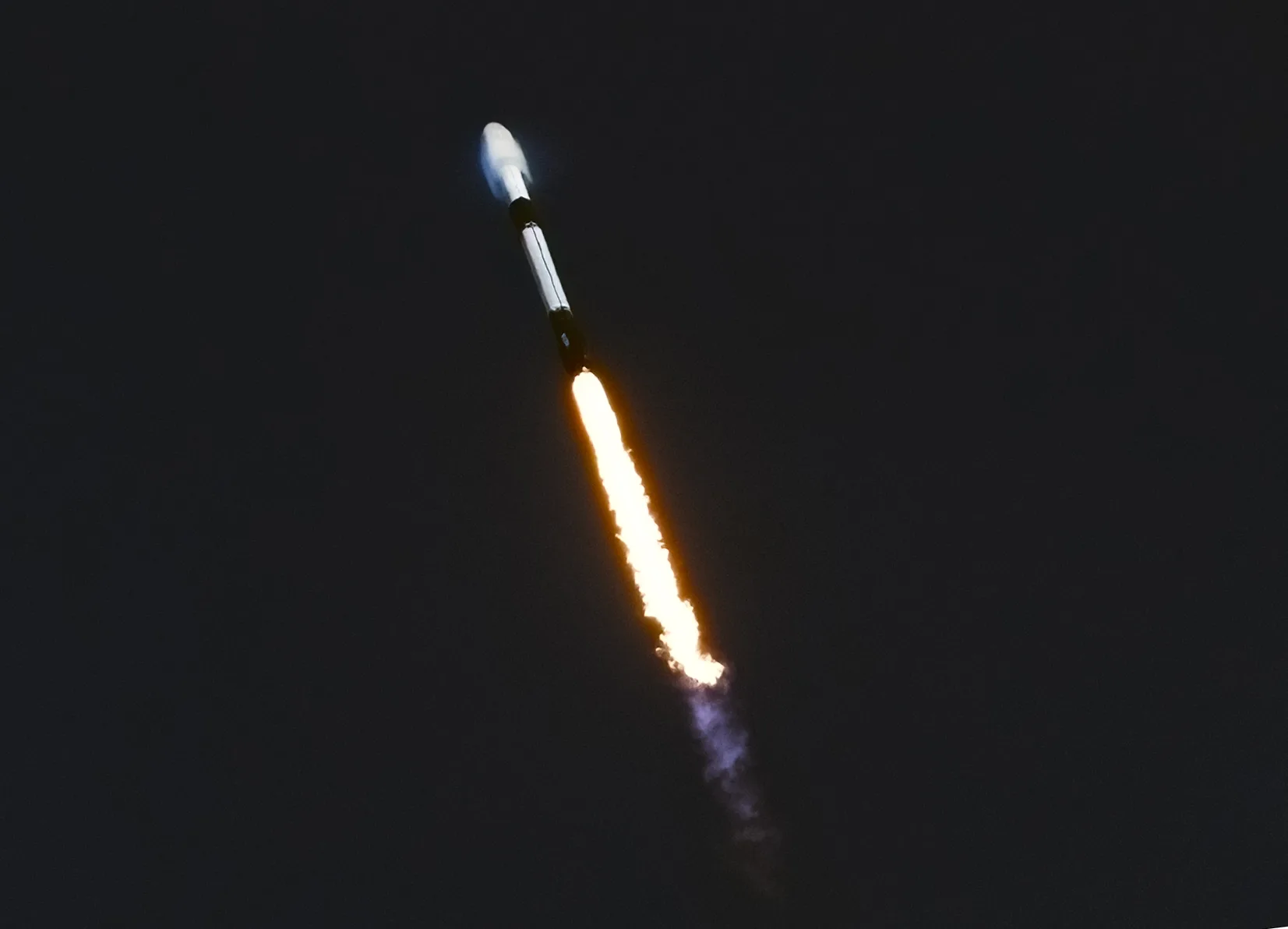Teams have installed the flight support booster (FSB) for later versions of the solid rocket boosters on NASA’s Space Launch System (SLS) rocket into the test stand in Promontory, Utah. NASA and Northrop Grumman, the SLS booster lead contractor, will conduct a two-minute, full-duration test with the booster on Sept. 2. Engineers will use data from the test to evaluate new materials and developments for SLS rockets that will power NASA’s Artemis lunar missions beyond Artemis III.

Credits: Northrop Grumman
NASA will broadcast a Space Launch System (SLS) rocket full-scale booster test at 2:40 p.m. EDT Wednesday, Sept. 2, on NASA Television and the agency’s website, followed by a media teleconference.
The Flight Support Booster-1 test builds on three full-scale development test firings and two qualification test firings NASA and Northrop Grumman successfully completed with the five-segment solid rocket motor in preparation for the first three Artemis missions.
The Sept. 2 test at Northrop Grumman facilities in Promontory, Utah, will help teams evaluate potential new materials, processes, and improvements for the boosters that will power deep space missions beyond Artemis III. The test also will provide another opportunity to evaluate motor manufacturing and performance.
Powered by four RS-25 engines and two boosters, the SLS rocket produces more than 8 million pounds of thrust to power missions to the Moon and, ultimately, Mars. The twin five-segment solid rocket boosters produce more than 75% of the rocket’s thrust during the first two minutes of ascent.
This latest booster test will take place as teams at NASA’s Kennedy Space Center in Florida begin assembling the boosters for Artemis I, the first launch of SLS and NASA’s Orion spacecraft.
The SLS rocket, Orion spacecraft, Gateway, and human landing system are part of NASA’s backbone for deep space exploration. The Artemis program is the next step in human space exploration and is part of America’s broader Moon to Mars exploration approach, in which astronauts will explore the Moon. Experience gained there will enable humanity’s next giant leap: sending humans to Mars.












Leave a Reply